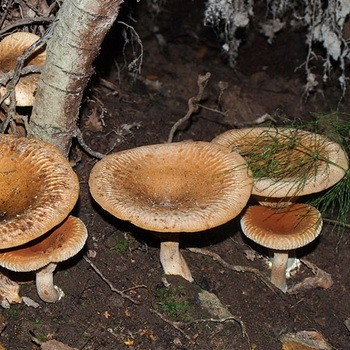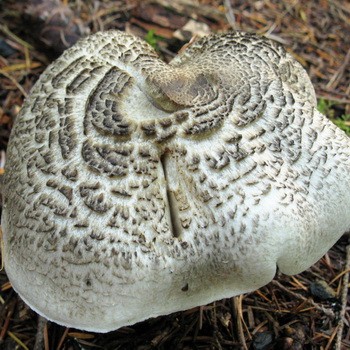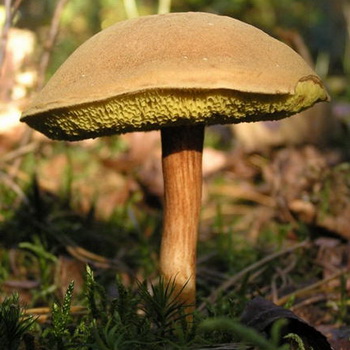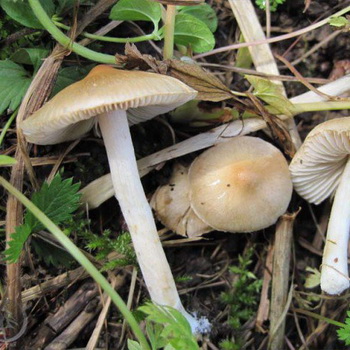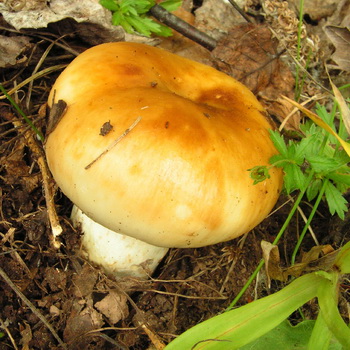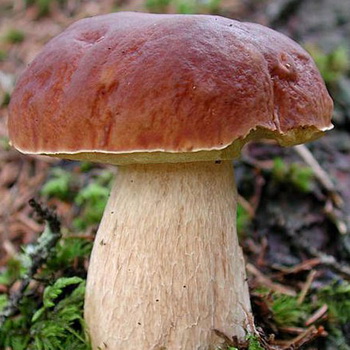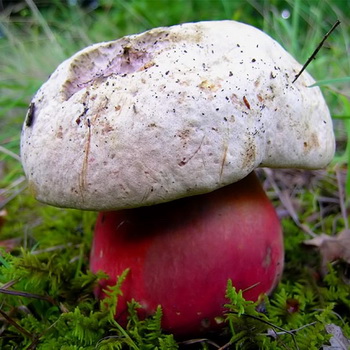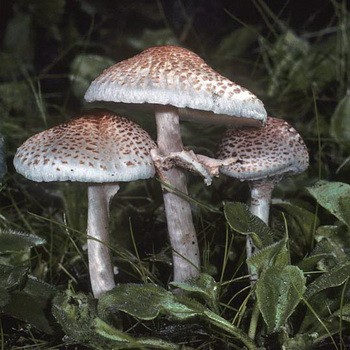Is bile fungus (mustard) poisonous or not?
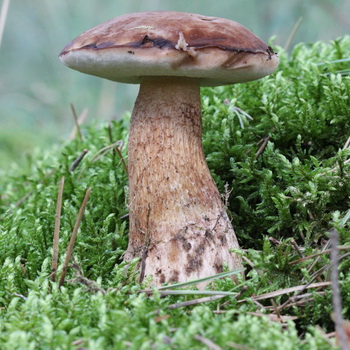
It is because of bitterness that the second name for the bile fungus is bitterness. The unpleasant taste does not prevent this gift of the forest from being hunted by various animals. For example, squirrels with pleasure drag bitterness into their hollows, and hares do not disdain a bile fungus.
Below you will learn how the bile mushroom looks in the photo, get information about where it grows and is used in traditional medicine.
Content
What does bile mushroom look like: photo and description
Category: inedible.
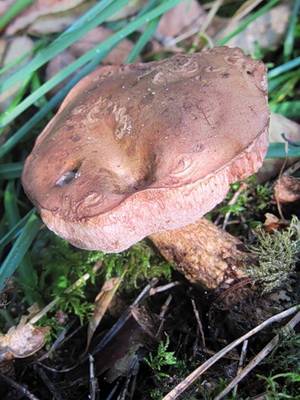

Hat of bile fungus (Tylopilus felleus) (diameter 5-15 cm): cushion-shaped, brown, brown, yellow and chestnut color. It is velvety to the touch with a small fluff and dry. After rain and in a humid environment it becomes a little sticky.
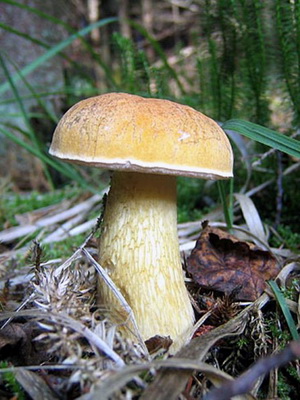
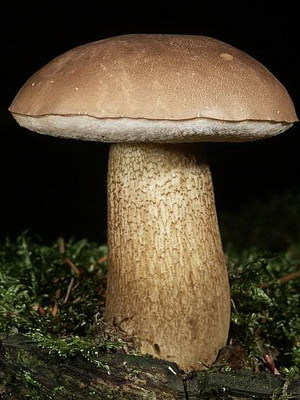
Leg (height 4-13 cm): cream, ocher, brown or gray. It has a cylindrical shape, slightly swollen downward. At the base there is an unexpressed mesh pattern. On the cut, it may slightly pinkish or blush.
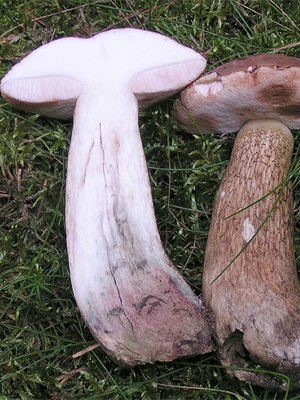
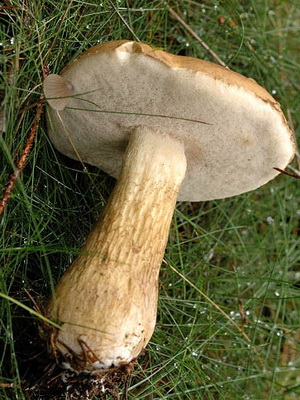
Look at the photo, bile fungus: the flesh of his cap is white, and the color of the flesh of the leg changes when interacting with air. No pronounced odor.
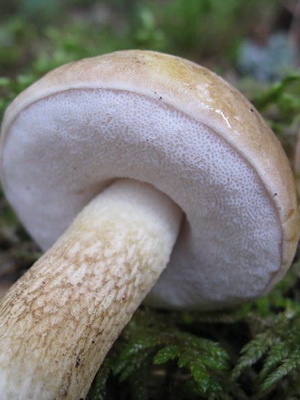
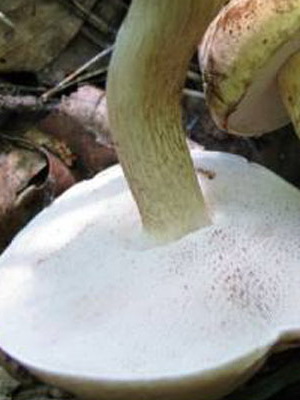
Tubular layer: pinkish, pores are small, roundish.
How to distinguish bile mushroom from doubles
Doubles of bile fungus (mustard) are mushrooms and boletus. If you do not know how to distinguish biliary mushroom from similar ones, pay attention to the leg and scales. Unlike boletus, the mustard does not have small scales on the skin, and in boletus, the color of the net on the leg is lighter.
Where grows and its application
When growing: from late June to mid-October in Europe and Asia.
Where can I find: prefers acidic soils of deciduous and coniferous forests. Can grow on rotten wood.
Application in traditional medicine (data not confirmed and not passed clinical trials!): used as a choleretic agent.
Other names: mustard, yellow mushroom, false white mushroom, false boletus.
Due to the high content of bitterness, this pest is almost never eaten by pests.
